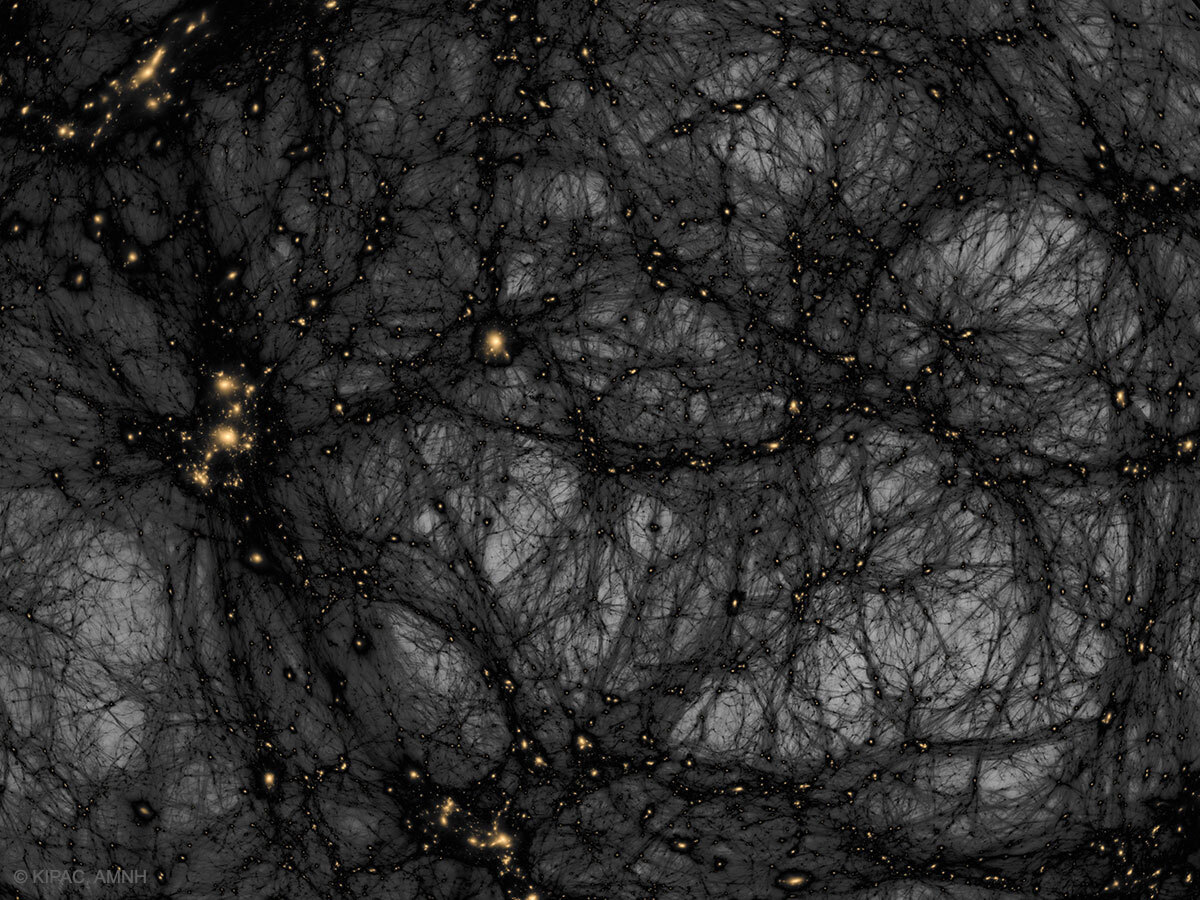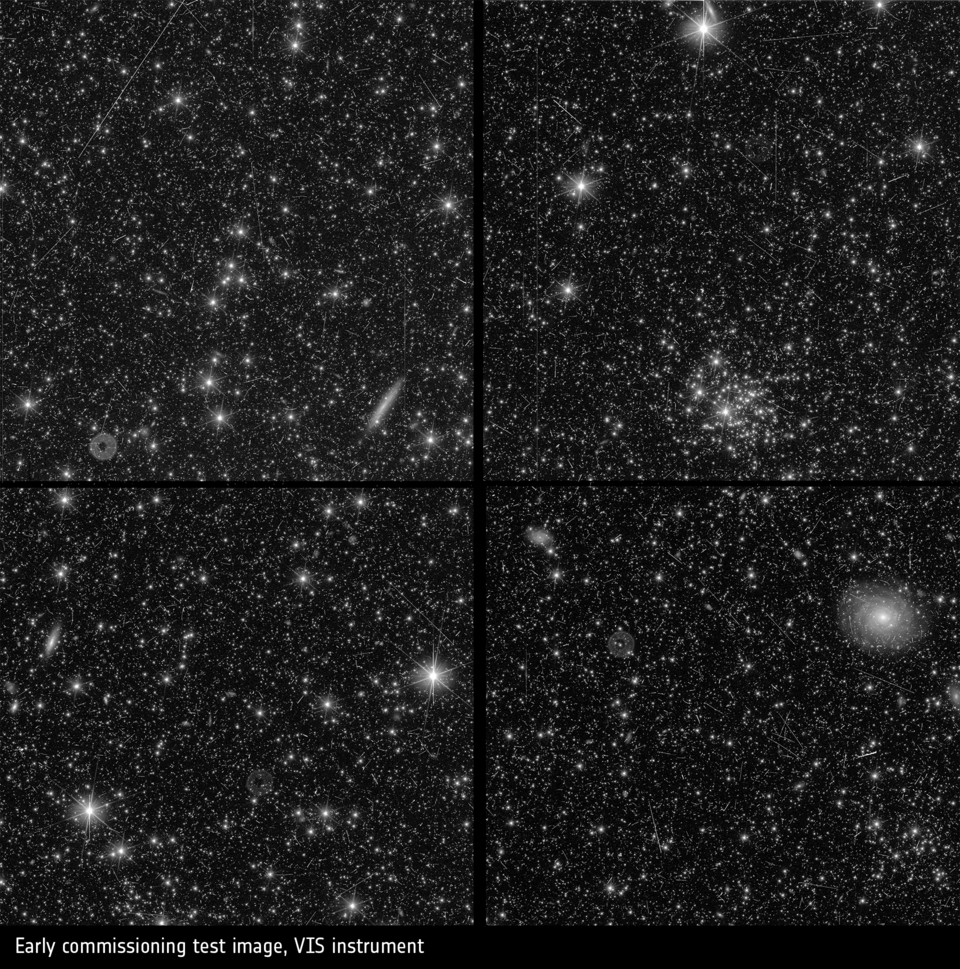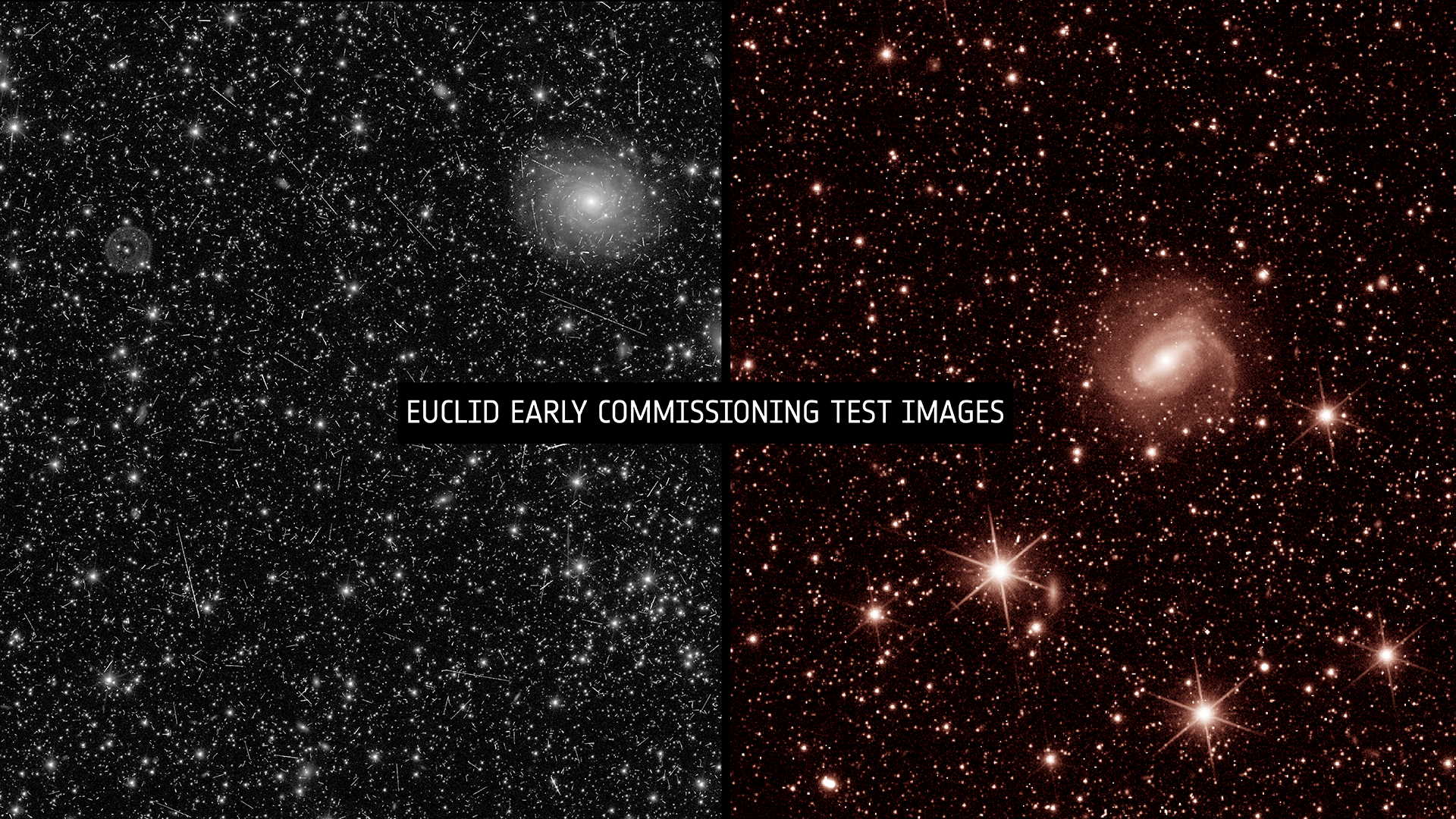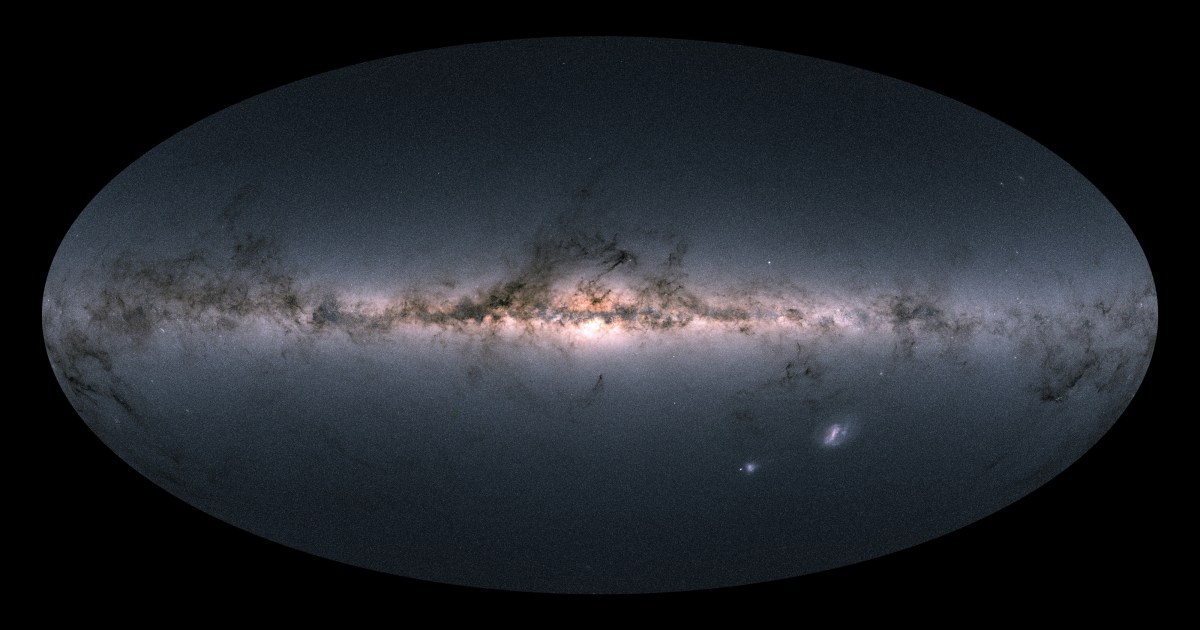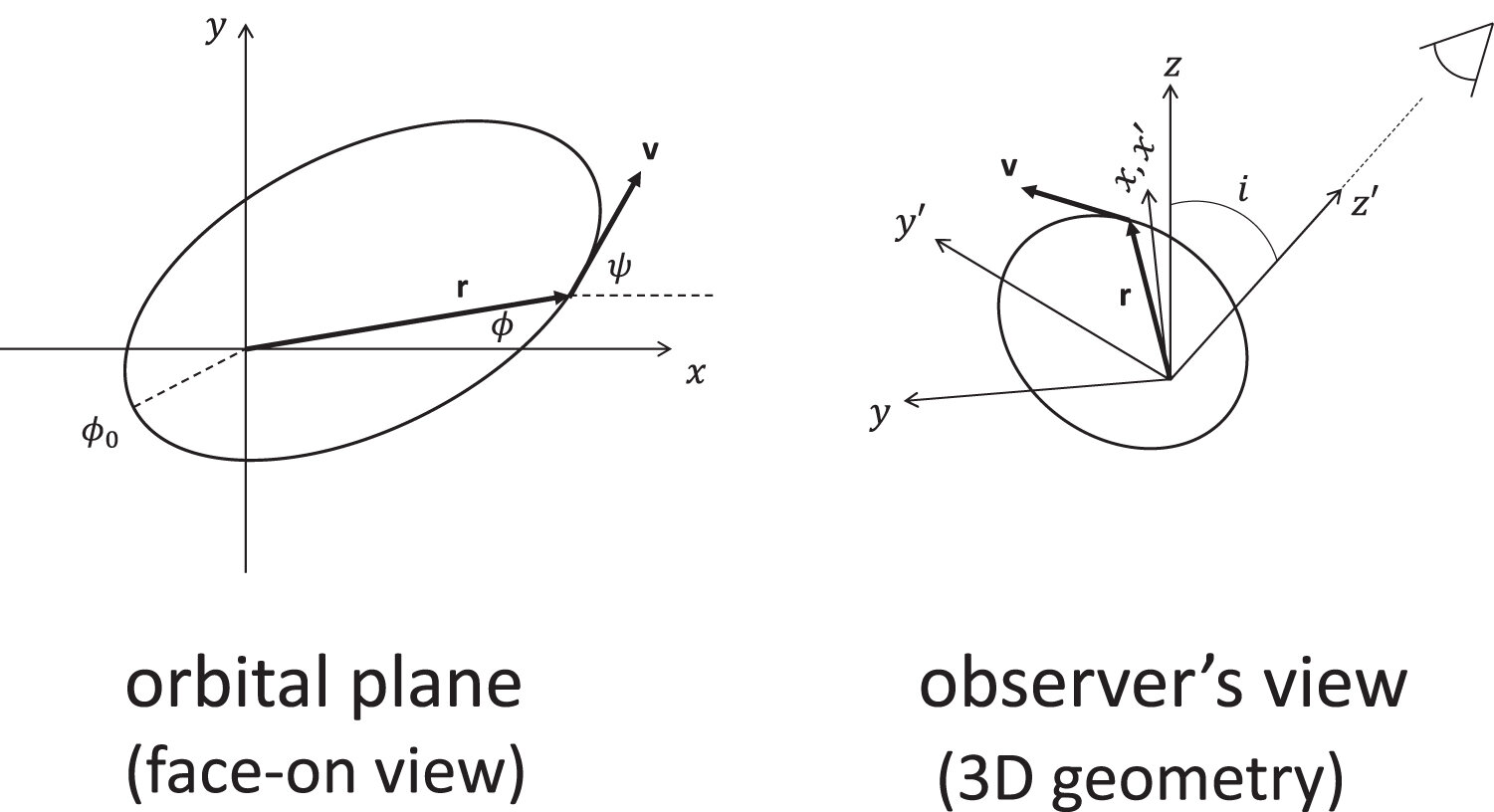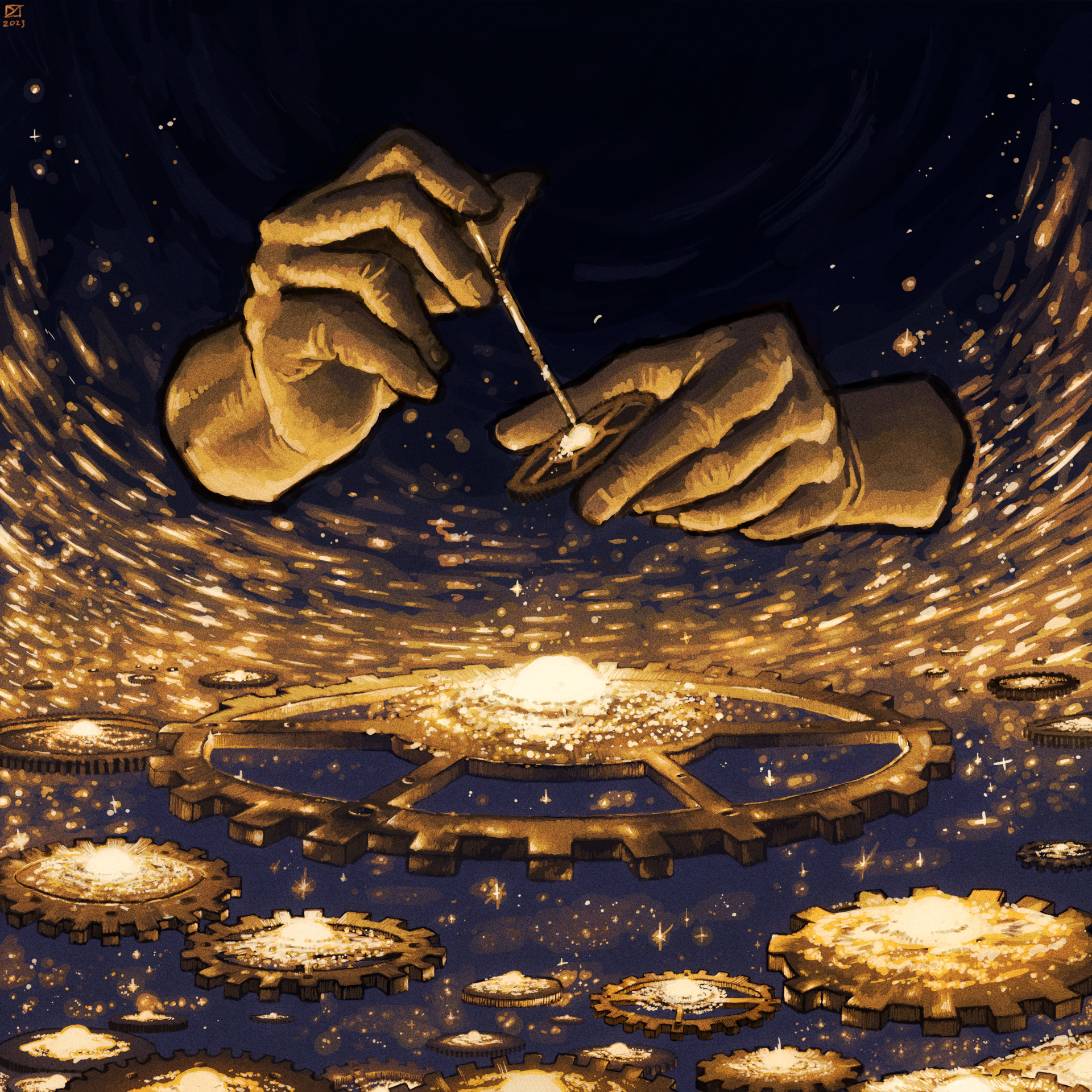Okay, this is the point where I hit the "unsubscribe" button. I've never been a big fan of Sabine but recent videos just make me think she's really losing it. I was going to do a write-up on the "bullshit research" video ("Science is in trouble and it worries me") but decided not to bother, because I suspect it itself is bullshit... most research is worthless, eh ? Humanity's technological progress has stalled ? That fits the "everyone is wrong except me" vibe I've been getting for a long time.
This video is a typical example of terrible outreach. It amounts to little more than "look at these very complicated graphs and take my word for it that I've explained it correctly". It's nonsense to expect the general public to have a proper understanding of what's being shown in the figures in the space of a few seconds, let alone any kind of background in who the groups making the opposing claims actually are.
Now I've not read the particular papers cited here, though I have read many by the same groups along similar lines. Also, unlike Sabine, I'm an observer, not a theoretical physicist. And though I don't research this particular bit of cosmology myself, I do go to conferences and listen to other observers who do. Lo and behold, the observational errors in this are huge - by some estimates, three orders of magnitude. Claiming anything here has been "falsified" is the worst sort of clickbait, the kind that isn't even remotely accurate, even without adding in the myriad of other factors from other observations. And that's without factoring in the MOND group's relentless tendency to cheerfully ignore an endless number of perfectly legitimate objections and their overwhelming tendency to play the "oh woe is me, I'm ostracised from the scientific community for heresy !" card for all it's worth.
The root of it, if there is one, is a belief from the MOND crew that everything must be dominated by gravity and actually very simple. Everything. The opposing view is that no, gravity is but just one factor and baryons have a lot more complicated physics than that, so our observations are hugely biased because we don't observe gravity directly. A while back I did a write-up saying the two are basically philosophically equally valid; nowadays I'm leaning very much more against MOND. Maybe I'm just bitter.
#Science
#Astronomy
#Galaxies
#DarkMatter
https://youtu.be/AagyRrIm2W0?si=VhPwNvO8msXNu7aF
